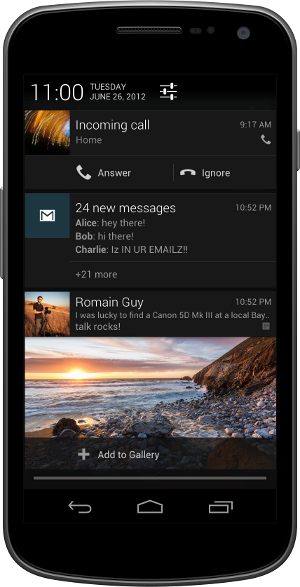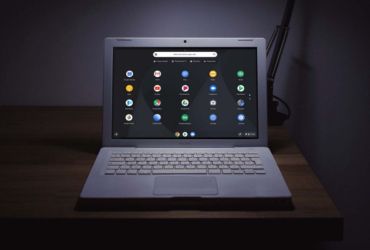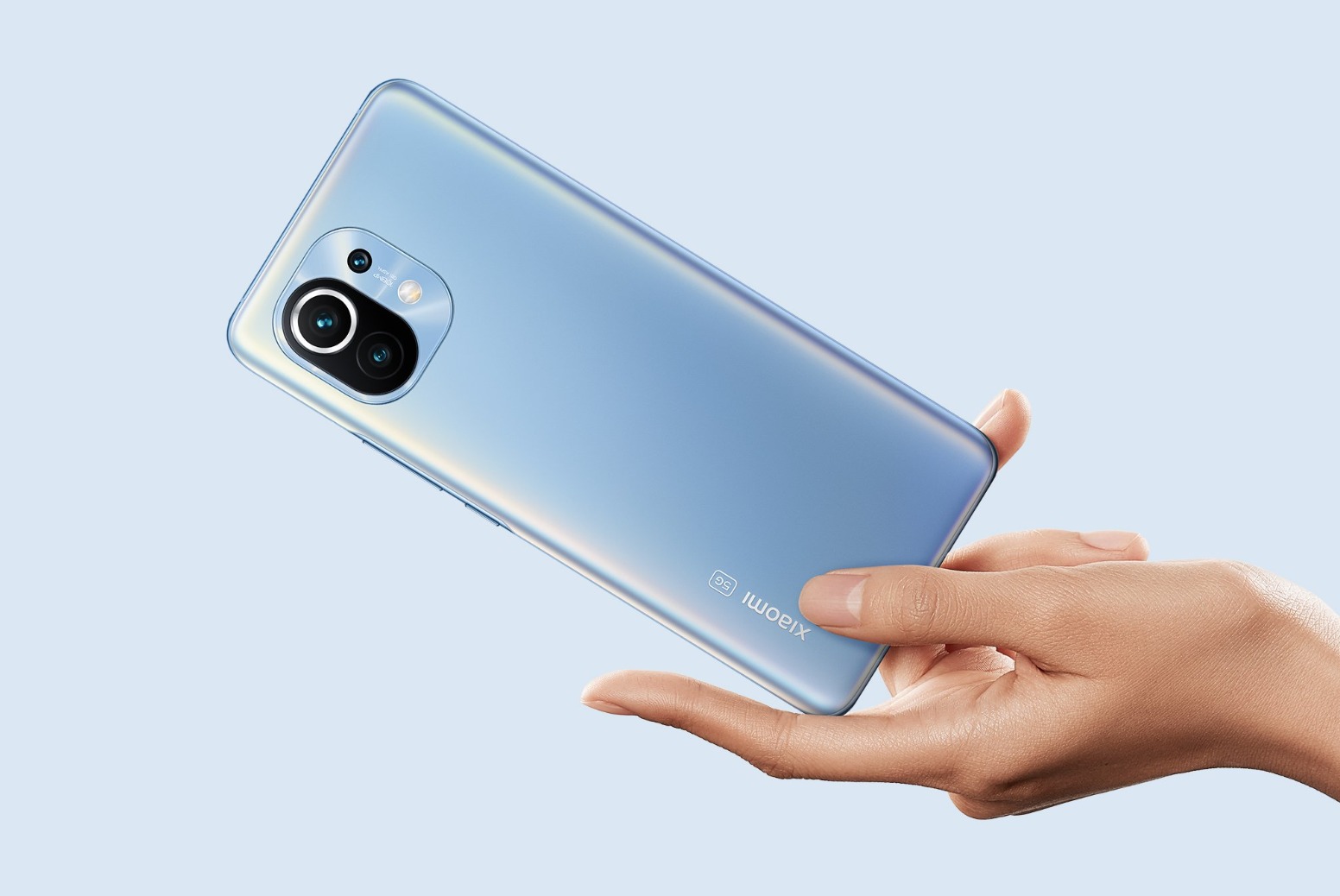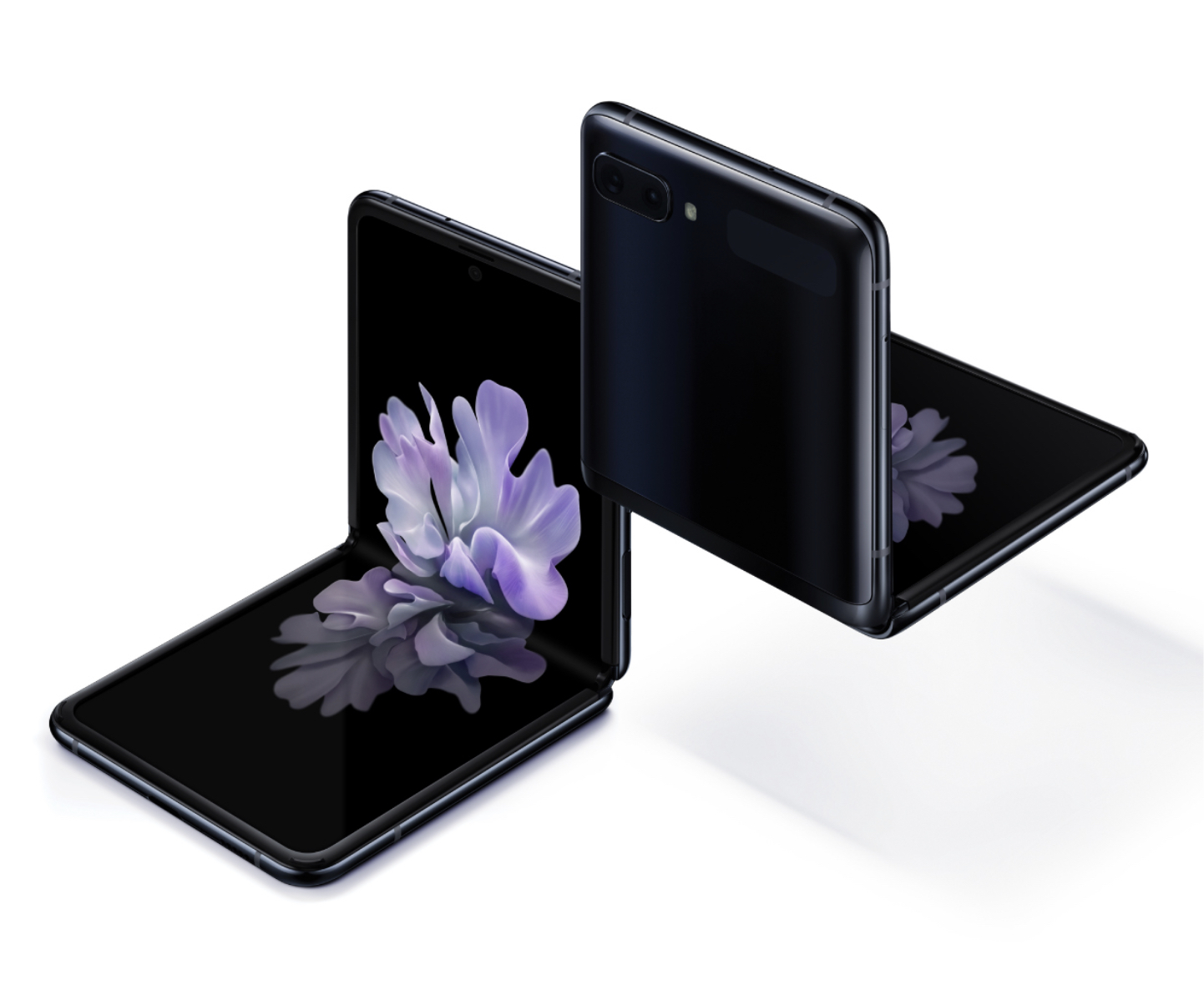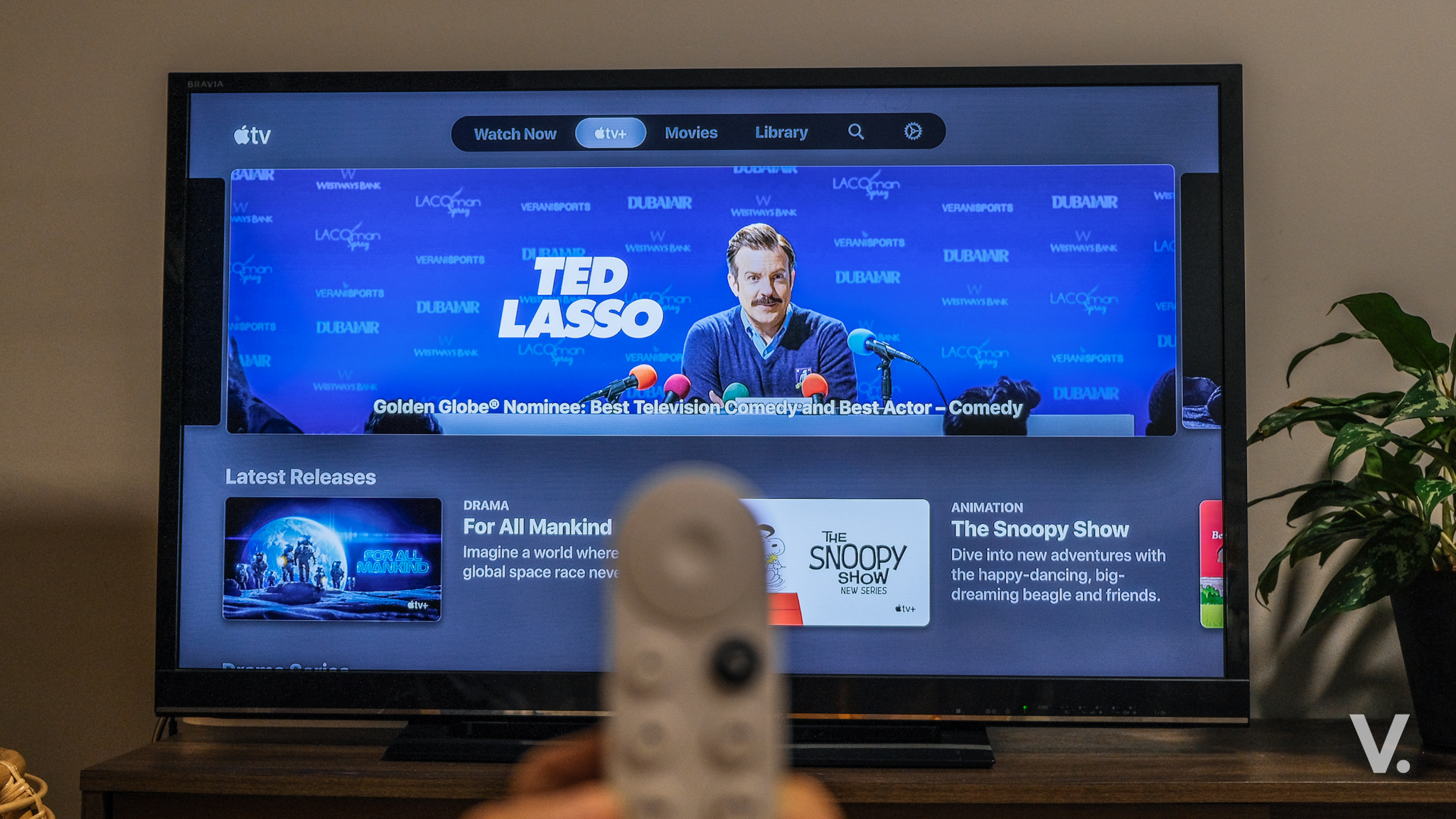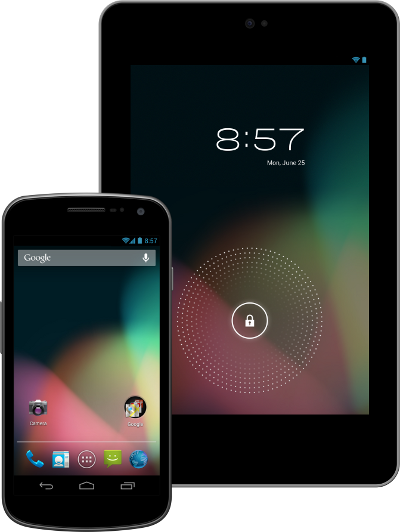
At the Google I/O keynote in San Francisco, Google took the wraps of the latest iteration of its mobile OS – Android 4.1 Jelly Bean, the fastest and smoothest version of Android yet. Google demonstrated a newer, more refined UI, faster performance, a revamped and more enhanced notifications system, new accessibility features, offline voice capabilities and more.
So what exactly did Google do in Jelly Bean to deliver ultimate responsiveness and low touch latency? Android 4.1 ensures a consistent 60fps framerate by extending Vsync timing across all screen drawing and animation. Android now anticipates what you do (within a 16 millisecond sync heartbeat) – application rendering, touch events, display refresh, so frames will never be ahead or behind.
Triple buffering in the graphics pipe provides for more consistent rendering and faster, smoother scrolling.
Touch latency is improved thanks to touch syncing with vsync timing, where Android anticipates where your finger will be at the time of the screen refresh.
From the demo including a side-by-side comparison with Ice Cream Sandwich on the same hardware, the gains in responsiveness and smoothness is very notable.
On first impression, Android 4.1 Jelly Bean brings some new things to the plate and very pleasing new UI changes inclusive of substantial improvements in performance.



